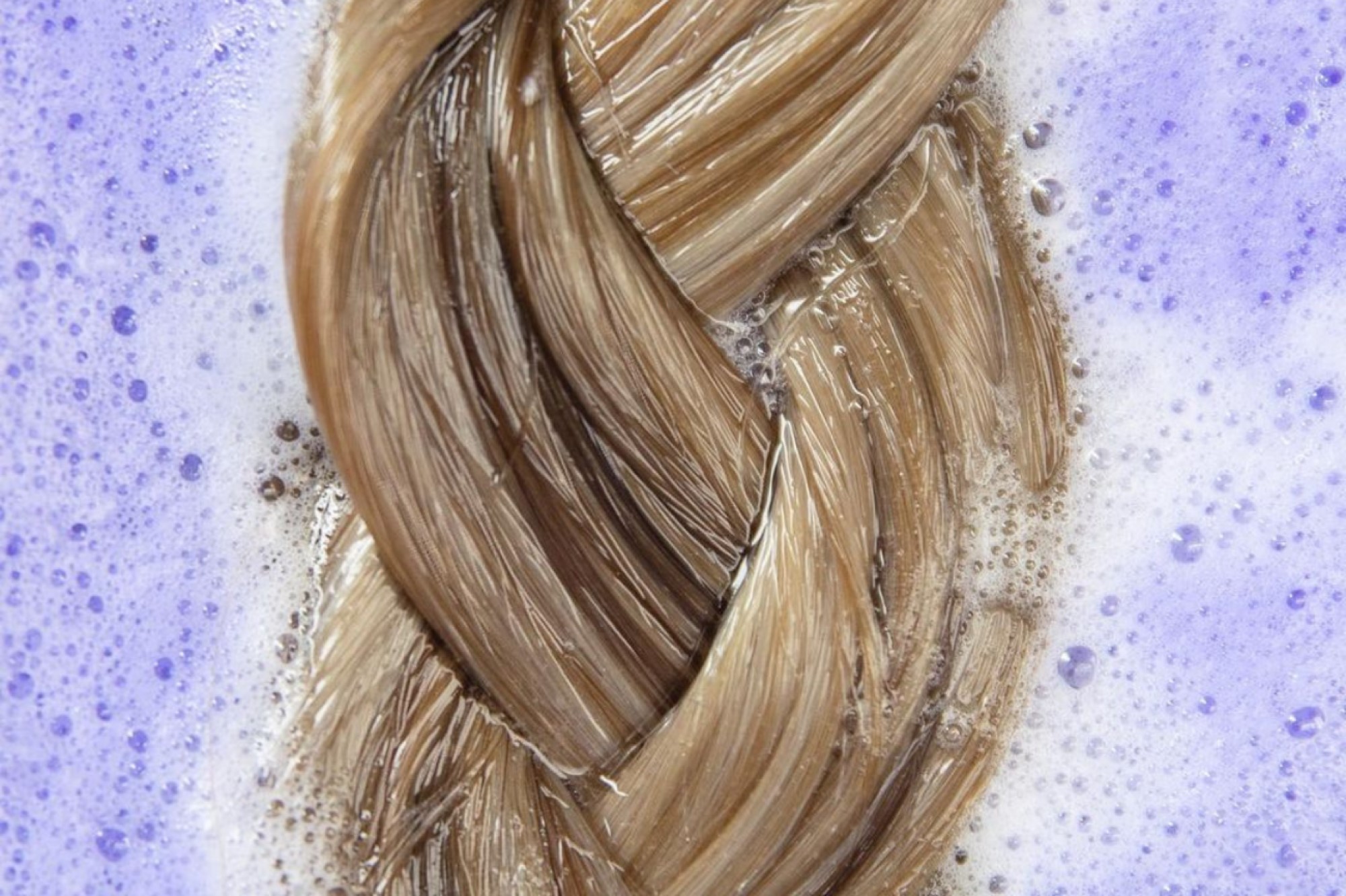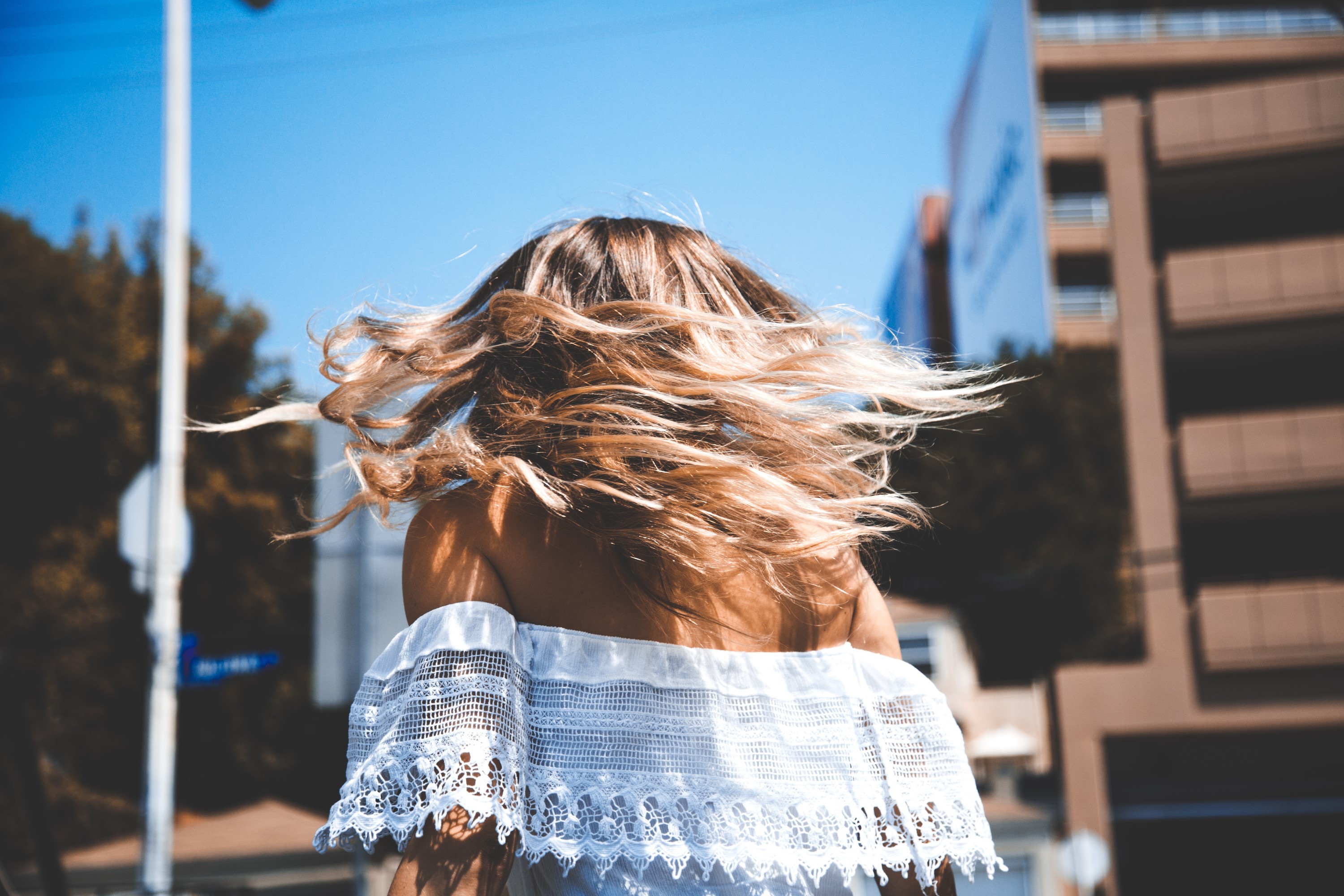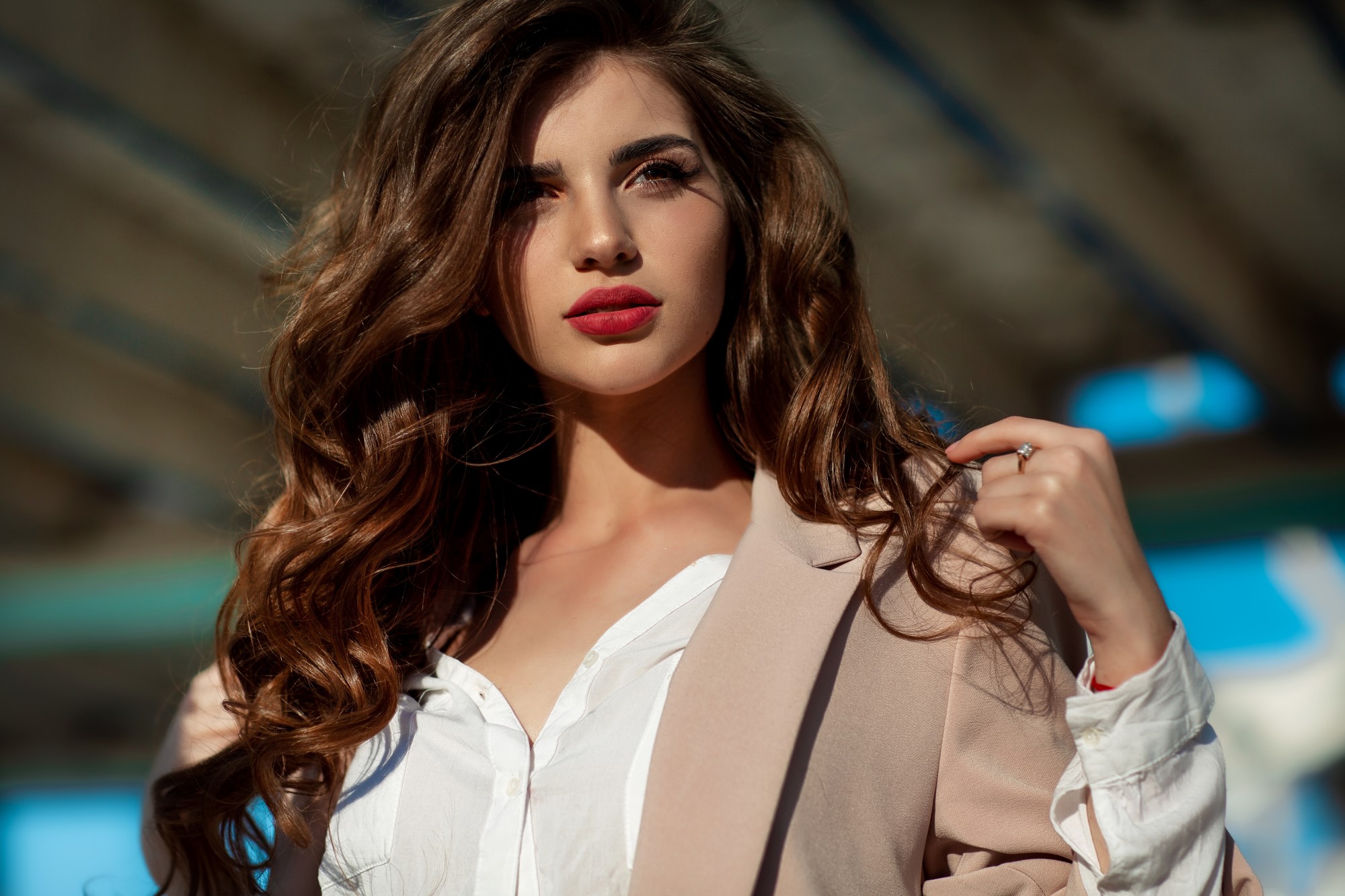-
- PRODUCT TYPE
- Shampoo
- Conditioner
- Treatments
- Stylers & Finishers
- Colour
- View All
- Blog
- Hair Colour
- How to Fix Orange Hair After Bleaching
HOW TO FIX ORANGE HAIR AFTER BLEACHING

It’s a tale as old as time - sometimes, bleaching your hair at home goes wrong, and you end up with frazzled, orange hair that’s a million miles away from the look you were going for.
However, all is not lost - here’s how to fix orange hair and tone brassy hair at home when bleaching doesn’t work out.
Why has my hair turned orange?
If you tried to lighten your hair but the end result was a brassy orange colour, there’s a good chance you’re a brunette. Darker hair is made up of several underlying pigments which give your brown, dark brown or black hair depth and dimension, and red and orange are the most dominant undertones. So if your at-home bleaching didn’t remove enough of these red and orange pigments, the end result is orange hair.
If you were a blonde to start with and you’ve ended up with orange hair after bleaching, it could be due to a build-up of chemicals or minerals in your hair. Brassiness can also happen if you’ve been in the sea or a chlorinated pool frequently.

How to fix orange hair
The key to fixing orange hair is usually to neutralise the orange with its opposite colour – blue. Here are some tried and trusted tips we’ve curated to banish your orange strands at home.
Use a purple or blue shampoo
Pick your toning shampoo based on the original colour of your hair before you applied the bleach.
Blue and purple shampoos neutralise unwanted brassy tones to reveal a cooler blonde or light brown shade. Examine the colour of your hair currently, and find the colour that is exactly opposite it using a colour wheel. Try imagining a straight line from your current colour through the centre of the wheel to the other side of the wheel to figure out which toner to use.
If your bleached hair looks more yellow than orange, you’ll need a purple toning shampoo to neutralise the yellow. If your hair’s turned orange, you’ll need a blue toning shampoo to tone the brassiness and get rid of the orange.

Use a hair glaze or glossing colour
When used consistently over a period of weeks, hair glazes or glosses can help get rid of brassy tones and prevent them from appearing.
Glosses and glazes are a gentler option than dyeing your hair, and they can make your hair look shinier and smoother, as well as gently correcting your brassy colour.
Choose your glaze colour based on your original colour – blondes should choose ashy, beige-rich colours, while brunettes can go for deeper shades of chocolate brunette.
Dye your hair darker
The other option is to dye your hair darker to hide orange and yellow tones.
Select a brunette hair dye that’s either close to your natural colour, or dark enough to cover the orange.
Blondes can go for our dark golden blonde and lightest cool almond brown hair dyes - brunettes looking to go a darker shade of brown can try our dark natural brown and dark chocolate brown foam hair colours.
Lighten your orange hair at the salon
The other option is to head to your local salon and ask your stylist if they’re able to correct the colour. However, this isn’t an immediate quick fix – to avoid significant damage to your hair post-bleaching, you’ll need to wait at least a week or two to restore your hair’s natural moisture balance.
Your stylist’s colour-correction methods may vary, but it’s likely they’ll reapply bleach to lighten your hair to fully remove the orange, then tone your hair with an ash or light beige colour to neutralise brassiness.
Your stylist may also offer you a deep-conditioning treatment after they’ve finished colouring your hair to add moisture and nutrients back into your lengths. It’s up to you whether you accept or not, but it’s a good way to give your newly-dyed hair the best start.
Use an apple cider vinegar toning rinse
This homespun method is a long-term way of gently fixing orange hair. Add a couple of tablespoons of apple cider vinegar into one litre of lukewarm water, then add a couple of drops of liquid food colouring - use blue for orange hair, and purple for more yellow.
Mix everything together and apply after washing and conditioning your hair by pouring the mixture gently over your head. Rinse thoroughly afterwards. You can repeat this process every two weeks to help tone down the brassiness in your hair.

How to prevent orange hair
- Blog
- Hair Colour
- How to Fix Orange Hair After Bleaching


